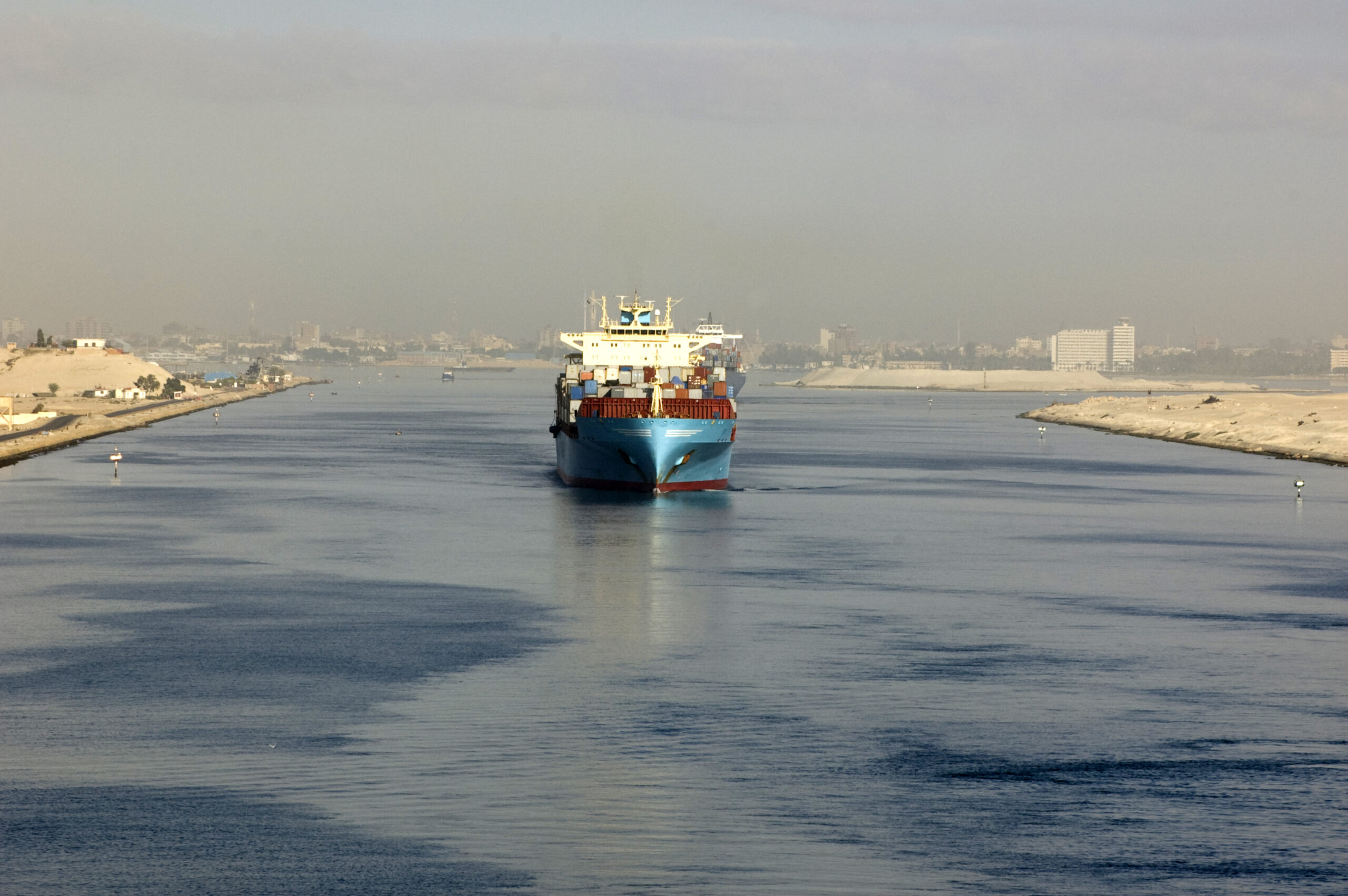Update: US President Donald Trump said early Tuesday that a ceasefire between Israel and Iran was now “in effect.” Iranian and Israeli media earlier said a ceasefire had begun, but confusion swirled over the precise details. Within hours, the Israeli defense forces accused Iran of violating the ceasefire between the two countries by ordering the military to “respond forcefully” to Iran’s violation of the ceasefire agreement with “high-intensity strikes”. Few hours later, the Israel defense forces (IDF) said they conducted a “situational assessment following the beginning of the ceasefire with Iran.”
The escalating conflict between Israel and Iran is expected to harden the marine insurance market. Industry players are already warning for challenging scenarios regarding the war insurance claims. Everything hinges on the immediate future of Strait of Hormuz, which is vital to world oil trade. The US strikes on Iranian nuclear sites during the weekend have heightened fears of a broader regional conflict and potential disruption to maritime traffic through the Strait of Hormuz.
After the US struck Iran’s main nuclear sites, including Fordow, Natanz, and Esfahan, all eyes are now on Iran’s potential retaliation.
In the range of options, the most discussed is Iran to block the Strait of Hormuz. If the passage of ships through the strait were to be disrupted, it would have ramifications for oil and LNG trade worldwide, and prices would shoot up.
Blocking or disrupting the Strait of Hormuz can mean attacking passing ships with missiles and bombs, detaining ships, or carrying out cyberattacks on the vessels.
What is also possible is the targeting or seizure of vessels with overt connections to Israel or its allies (like USA) particularly those providing military assistance to Israel. This was evident in recent Houthi attacks on commercial shipping in the Red Sea.
There is also the risk of vessels being unintentionally struck either by sea mines, drones or missiles while transiting the waterway, especially if the conflict spreads into the marine sector.
“We have an average of 170 to 180 Greek-owned ships in the wider area of the Persian Gulf and 70 to 80 ships pass every six or eight hours through the Strait of Hormuz and 15 to 20 ships with Greek flags. We are studying our movements very carefully. The operations room of the ministry issues notices, that is, warning notifications, at any moment, to all our ships and our shipowners,” said to reporters last week the Greek minister of maritime affairs and insular policy, Vasilis Kikilias.
According to the US Energy Information Administration (EIA), “In 2024, oil flow through the strait averaged 20 million barrels per day (b/d), or the equivalent of about 20% of global petroleum liquids consumption. In the first quarter of 2025, total oil flows through the Strait of Hormuz remained relatively flat compared with 2024.”
“Flows through the Strait of Hormuz in 2024 and the first quarter of 2025 made up more than one-quarter of total global seaborne oil trade and about one-fifth of global oil and petroleum product consumption. In addition, around one-fifth of global liquefied natural gas trade also transited the Strait of Hormuz in 2024, primarily from Qatar.”
The EIA highlights that Saudi Arabia and the UAE have some infrastructure in place that can bypass the Strait of Hormuz, which may somewhat mitigate any transit disruptions through the strait.
EIA also estimates that 84% of the crude oil and condensate and 83% of the liquefied natural gas that moved through the Strait of Hormuz went to Asian markets in 2024.
China, India, Japan, and South Korea were the top destinations for crude oil moving through the Strait of Hormuz to Asia, accounting for a combined 69% of all Hormuz crude oil and condensate flows in 2024.
These markets would likely be most affected by supply disruptions at Hormuz.
Meanwhile, many ships last week have experienced GPS jamming in the Arabian Gulf and Strait of Hormuz.
Between June 15-18, an average of 972 ships per day experienced GPS jamming, according to data from the Maritime AI™ company Windward. The interference peaked on Tuesday, affecting 1,155 ships, with the lowest figure recorded on Monday at 693 vessels.
Among the approximately 900 ships targeted on June 18 were at least 120 tankers over 10,000 deadweight tonnes, including 27 very large crude carriers (VLCCs) and 24 containerships.
From June 13-15, around 1,000 ships were found to have had their AIS signals erroneously manipulated.
Yemen’s Houthis also threatened during the weekend to target the American ships and warships in the Red Sea if the United States back Israel in its ongoing strikes on Iran.
The threat from Houthis, which comes just hours after U.S. forces launched a series of strikes on Iranian nuclear sites, was issued on Saturday in a statement by the spokesperson of the Yemeni armed forces Yahya Sare’e. “In the event of the American involvement in the attack and aggression against Iran with the Israeli enemy, the armed forces will target its ships and warships in the Red Sea,” Sare’e declared.
Sare’e emphasised that the group is closely monitoring all movements in the region, including what he described as “hostile movements,” and will take the necessary measures to protect itself.
The group considers any American attack on Iran to be aimed at “removing Tehran as an obstacle to an Israeli plan to dominate the region,” Sare’e said, adding that “this is something that cannot be ignored.”
Strategic shipping routes and choke points are increasingly being politicized as geopolitical and regional tensions rise.
Transits through the Suez Canal have been severely curtailed by Houthi attacks against shipping in the Red Sea, while tensions between China, the US and South East Asian countries over territorial disputes raise the prospect of future disruption to shipping in the South China Sea, which carries one-third of global shipping.
For insurers, which provide war cover for vessels transiting high-risk zones, multiple conflicts could prove challenging.
According to Justus Heinrich, global product leader, marine hull, Allianz Commercial, separate, yet simultaneous conflicts affecting multiple shipping routes, is a possible, albeit still remote scenario that would test the war insurance market.
“With heightened geopolitical risks and regional conflicts, there is a higher potential for war insurance claims, as well as challenging accumulation scenarios. Heightened geopolitical risks could, conceivably, see potential future conflicts in several key trade routes, including the Red Sea, South China Sea and the Baltic Sea,” says Heinrich.
Higher war premiums for Red Sea transits may already be disrupting the sustainability of marine insurance premiums, explains Heinrich.



